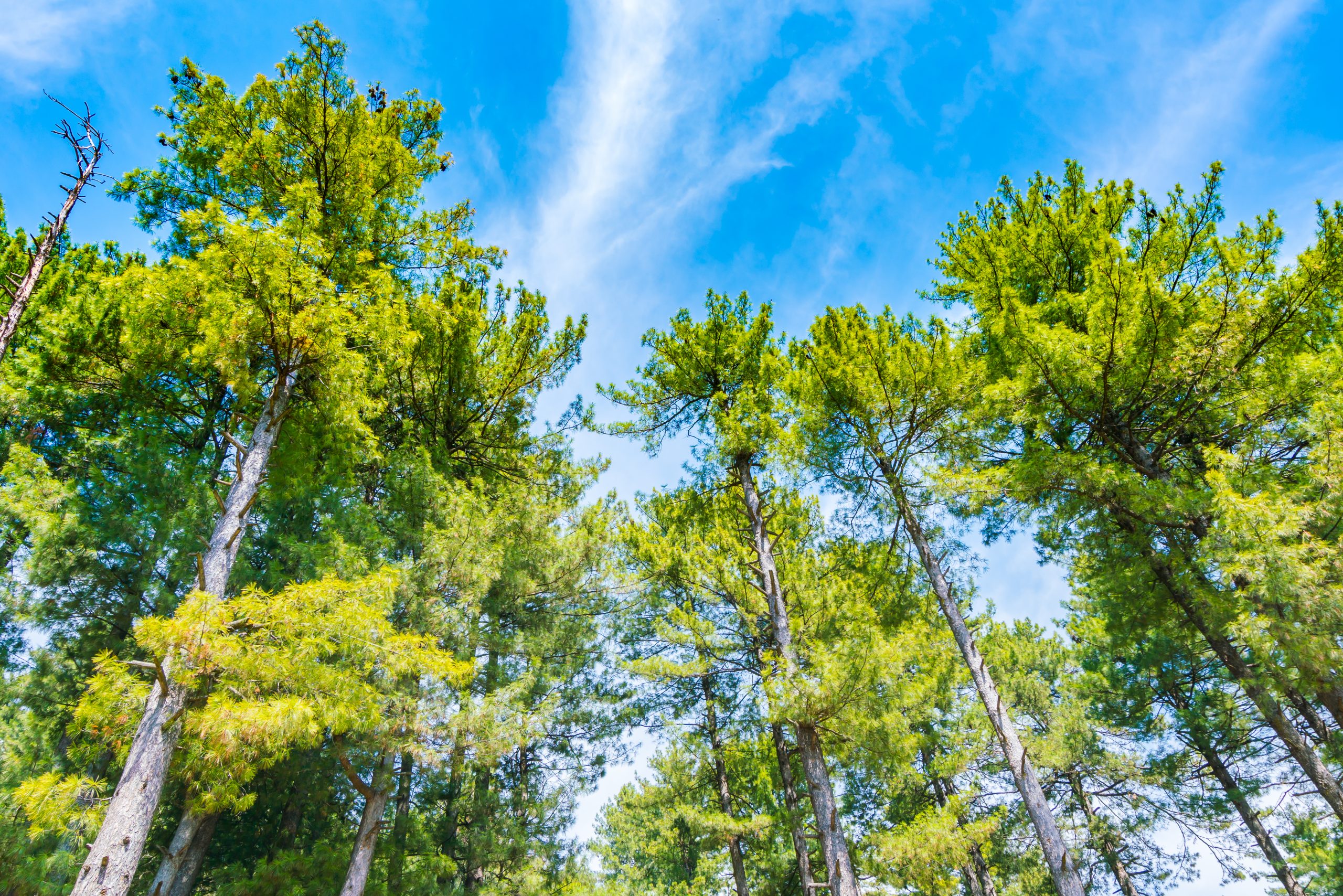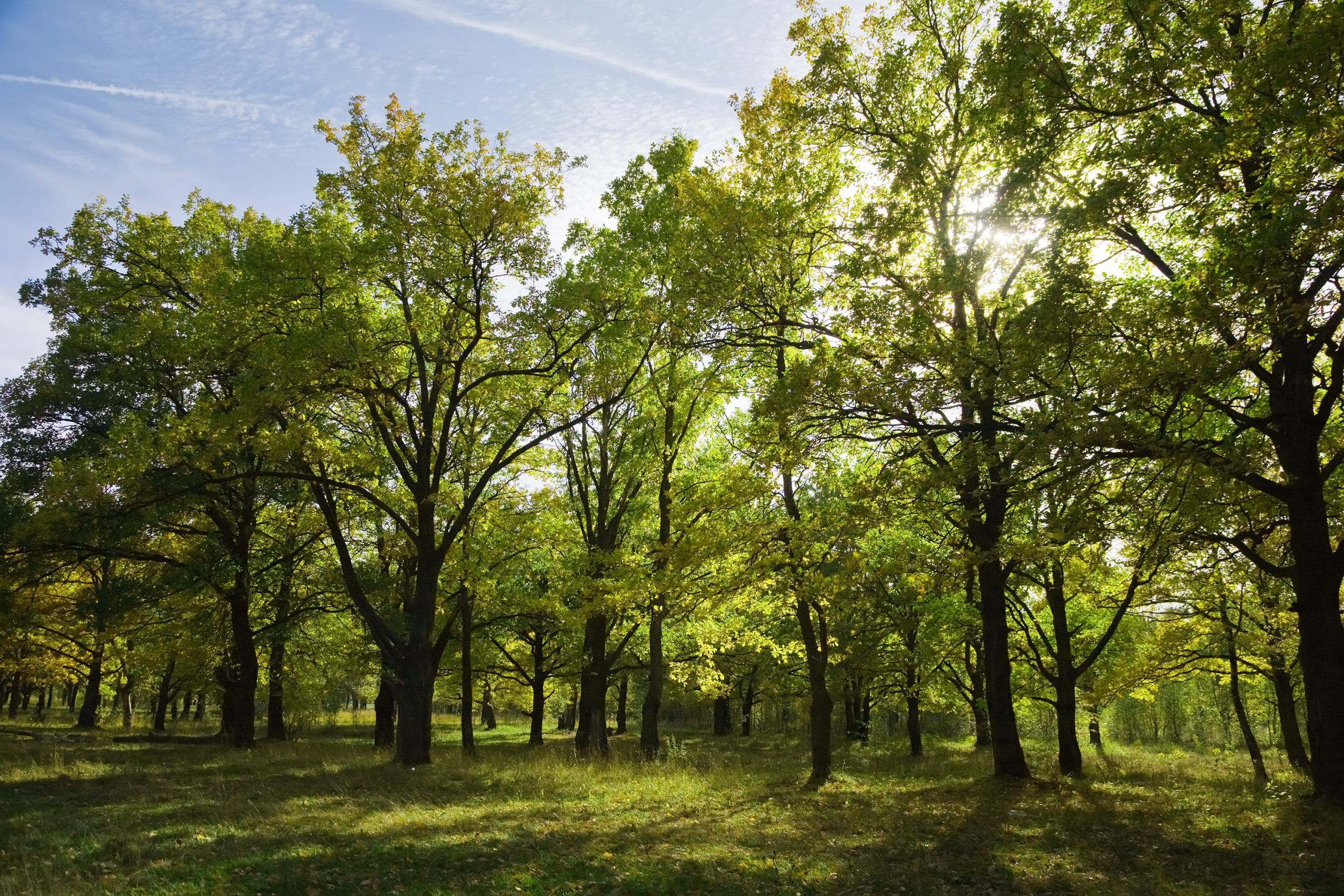Tree growth science encompasses the study of the biological processes that govern the development, expansion, and overall life cycle of trees. It delves into the intricate mechanisms that enable trees to take root, grow, produce leaves, flowers, and fruits, and adapt to their environment. Understanding tree growth science involves exploring various disciplines, such as botany, physiology, ecology, and environmental science. Here’s a comprehensive explanation of tree growth science:

**1. Anatomy of Trees: Understanding how trees are structured is fundamental to tree growth science. Trees consist of roots, stems (trunks), branches, and leaves. Each part has specific functions in nutrient and water uptake, energy production, and structural support.
**2. Photosynthesis: This essential process involves converting sunlight into energy. Trees use chlorophyll in their leaves to capture light energy and transform carbon dioxide and water into glucose (sugar) and oxygen. Photosynthesis fuels growth and provides the energy required for various tree functions.
**3. Water and Nutrient Uptake: Trees absorb water and essential nutrients from the soil through their root systems. Water travels from roots to leaves through a system of tubes called xylem. Nutrient transport occurs through phloem. Both xylem and phloem are vascular tissues that support growth.
**4. Growth Rings: Each year, trees produce growth rings in their stems. These rings, visible when a tree is cut cross-sectionally, reflect the tree’s annual growth cycle. By analyzing the width, composition, and appearance of growth rings, scientists can determine a tree’s age, growth rate, and even past environmental conditions.
**5. Hormones and Growth Regulation: Trees produce hormones like auxins, cytokinins, and gibberellins that regulate growth and development. These hormones control cell division, elongation, and differentiation, influencing factors like the direction of growth, branching, and flowering.
**6. Cellular Processes: Tree growth involves complex cellular processes such as mitosis (cell division) and differentiation. Mitosis allows trees to create new cells for growth and repair, while differentiation results in specialized cell types, such as xylem and phloem, that perform specific functions.
**7. Environmental Responses: Trees respond to environmental stimuli. They exhibit tropisms, which are growth movements in response to external factors like light, gravity, and touch. Photoperiodism is another response, where trees adapt their growth and development based on changes in day length and seasonal cues.
**8. Transpiration: Trees regulate temperature and water balance through transpiration, the process by which they release water vapor from their leaves into the atmosphere. Transpiration cools the tree and surrounding environment, and it helps in maintaining water flow from roots to leaves.
**9. Factors Influencing Growth: Growth is influenced by a range of factors, including soil quality, nutrient availability, light intensity, temperature, moisture levels, and genetic predispositions. Different tree species have unique growth patterns and requirements.
**10. Practical Applications: Understanding tree growth science has practical implications for arborists, foresters, landscapers, and urban planners. It guides decisions about planting, pruning, and maintaining trees to ensure their health, stability, and long-term growth in various environments.
In essence, tree growth science provides insights into the intricate processes that sustain the life of trees, enhance ecosystem health, and contribute to the beauty and functionality of our natural and built environments. This knowledge is invaluable for promoting sustainable tree management, ecological balance, and the well-being of both nature and humans.
Understanding tree growth is of immense significance due to its far-reaching implications for ecosystems, the environment, human societies, and even global sustainability. Here’s why understanding tree growth is so important:

In essence, understanding tree growth is a cornerstone of responsible stewardship of the environment, facilitating informed decision-making that impacts everything from local communities to global ecosystems. It empowers individuals to address pressing environmental challenges and work towards a more sustainable and harmonious coexistence with nature.
Tree growth science involves a complex interplay of biological processes that govern the development, expansion, and adaptation of trees throughout their life cycles. These processes encompass everything from cellular activities to external responses to the environment. Here’s an explanation of the key biological processes involved in tree growth science:

**1. Cell Division and Differentiation:
**2. Photosynthesis:
**3. Water and Nutrient Uptake:
**4. Cell Enlargement and Elongation:
**5. Hormones and Growth Regulation:
**6. Environmental Responses:
**7. Transpiration:
**8. Apical Dominance and Lateral Growth:
*9. Stress Responses:
Understanding these intricate, biological processes is crucial for managing and promoting healthy tree growth. It enables arborists, foresters, and scientists to make informed decisions about planting, pruning, and maintaining trees while fostering sustainable ecosystems and contributing to environmental health.
[geocentric_weather id=”45ff4ccd-3d3f-498e-b0b9-91aaaf766bc4″]
[geocentric_about id=”45ff4ccd-3d3f-498e-b0b9-91aaaf766bc4″]
[geocentric_neighborhoods id=”45ff4ccd-3d3f-498e-b0b9-91aaaf766bc4″]
[geocentric_thingstodo id=”45ff4ccd-3d3f-498e-b0b9-91aaaf766bc4″]
[geocentric_busstops id=”45ff4ccd-3d3f-498e-b0b9-91aaaf766bc4″]
[geocentric_mapembed id=”45ff4ccd-3d3f-498e-b0b9-91aaaf766bc4″]
[geocentric_drivingdirections id=”45ff4ccd-3d3f-498e-b0b9-91aaaf766bc4″]
[geocentric_reviews id=”45ff4ccd-3d3f-498e-b0b9-91aaaf766bc4″]